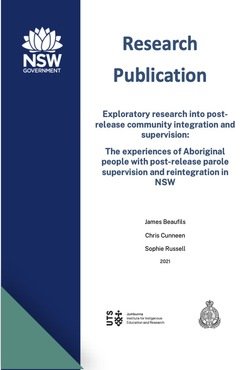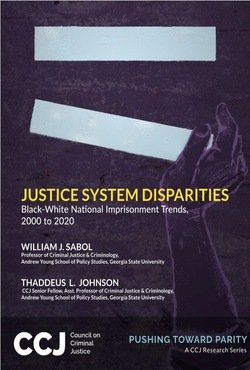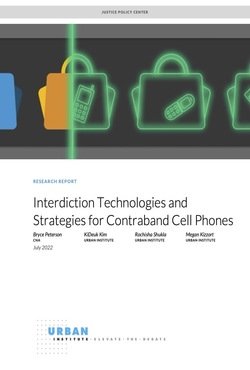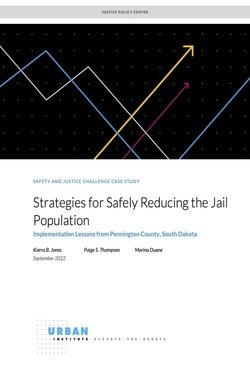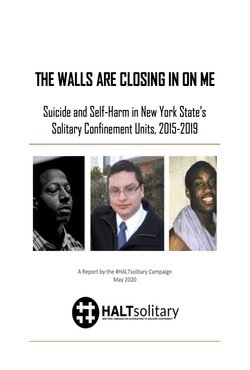By Jeff Manza and Christopher Uggen
5.4 million Americans--1 in every 40 voting age adults-- are denied the right to participate in democratic elections because of a past or current felony conviction. In several American states, 1 in 4 black men cannot vote due to a felony conviction. In a country that prides itself on universal suffrage, how did the United States come to deny a voice to such a large percentage of its citizenry? What are the consequences of large-scale disenfranchisement--both for election outcomes, and for public policy more generally? Locked Out exposes one of the most important, yet little known, threats to the health of American democracy today. It reveals the centrality of racial factors in the origins of these laws, and their impact on politics today. Marshalling the first real empirical evidence on the issue to make a case for reform, the authors' path-breaking analysis will inform all future policy and political debates on the laws governing the political rights of criminals.
New York: Oxford University Press, 2008. 384p.






